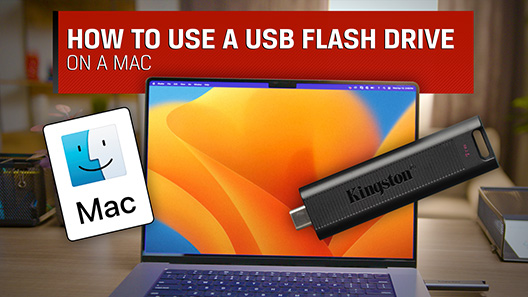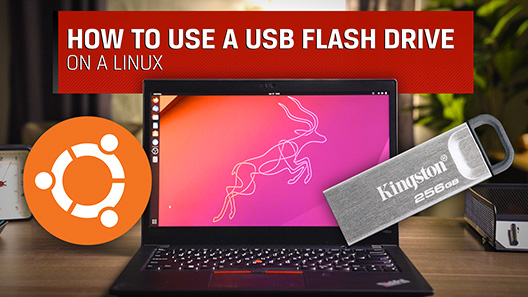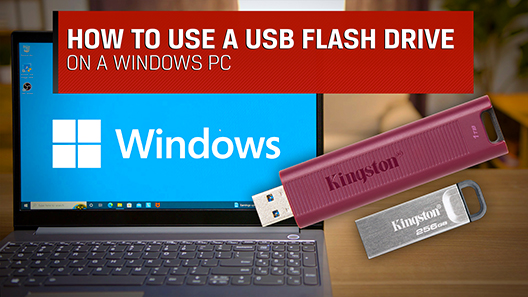Wenn du Dateien vom Laufwerk löschst, während das Laufwerk mit einem macOS-System verbunden ist, speichert macOS eine Sicherungskopie der gelöschten Dateien, damit Dateien wiederhergestellt werden können, wenn sie versehentlich gelöscht wurden. Dank dieser Funktion reserviert macOS auch Speicherplatz auf dem Laufwerk für den Fall, dass du gelöschte Dateien wiederherstellen möchtest. Um den verfügbaren Speicherplatz auf dem Laufwerk wiederherzustellen, musst du daher den macOS-Papierkorb leeren, während das betreffende Laufwerk mit dem macOS-Computer verbunden ist.
Sollte dies nicht funktionieren, sollte eine vollständige Formatierung des Gerätes durchgeführt werden. Befolge zum Formatieren deines Kingston Laufwerks bitte diesen Anweisungen.
WARNHINWEIS: Beim Formatieren werden alle Daten gelöscht. Stelle sicher, dass du über eine Kopie deiner Daten verfügst, bevor du fortfährst.
- Gehe zu Programme > Dienstprogramme und öffne das Festplatten-Dienstprogramm.
- Wähle in der linken Spalte dein Laufwerk und klicke in der rechten Spalte auf „Löschen“.
- Wähle ein Laufwerksformat. Wähle MS-DOS Dateisystem oder exFAT, wenn das Laufwerk unter macOS und Windows eingesetzt werden soll. Falls dein Laufwerk nur unter macOS eingesetzt wird, wähle Mac OS Extended als Laufwerksformat.
- Klicke auf „Löschen“.
FAQ: KDT-010611-GEN-04



